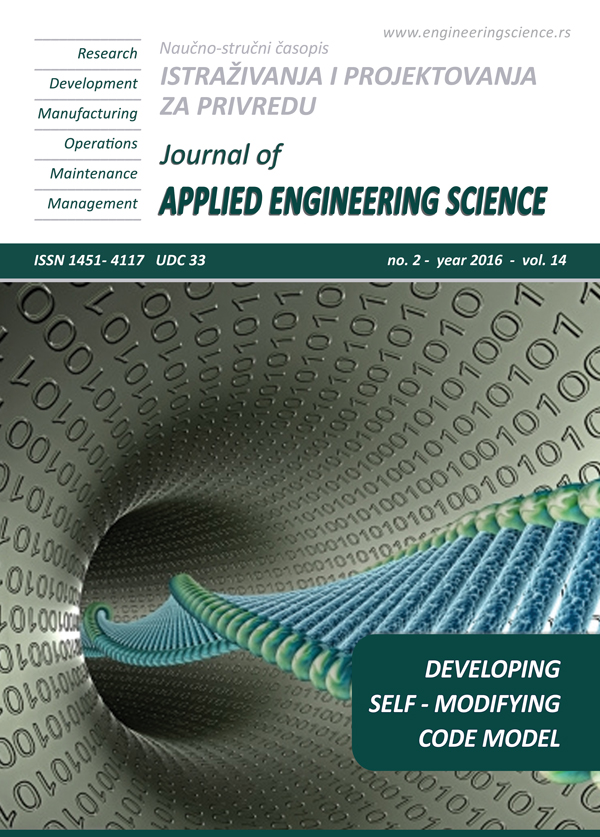STRESS INTENSITY FACTOR IN WELDED JOINTS OUT OF DOUBLE ANGLES IN LATTICE STEEL STRUCTURES
Abstract
Steel lattice structures are characterized by presence of zones with constructive stress concentrations and initial technological defects, which usually occur in a result of hand welding. High level of relative loading typical for steel structures, stress concentration and various defects in the weld zones lead to crack initiation. Analysis of building structures failure has shown that from more than 164 steel structure failures that have occurred in 2001-2010, the lattice structures account for more than 64% of total failures. Earlier performed investigations found that approximately 65% of the failures are caused by development of cracks from welding defects, 10% by the initial crack of cyclic origin, 25% - by high stress concentration. Therefore the design of lattice structures without considering the peculiarities of deformation and fracture of steel in zones of stress concentration leads to increased probability of fatigue and quasibrittle failure. The present paper investigates behavior of welded joints out of equal angles. Numerical and experimental studies of stress–strain state in the region of crack tip located in the cross section of gusset plate breakage were performed. The functional dependence was obtained that characterizes shape, finite dimensions of element, loading scheme and allows defining the stress intensity factor in the investigated section.

